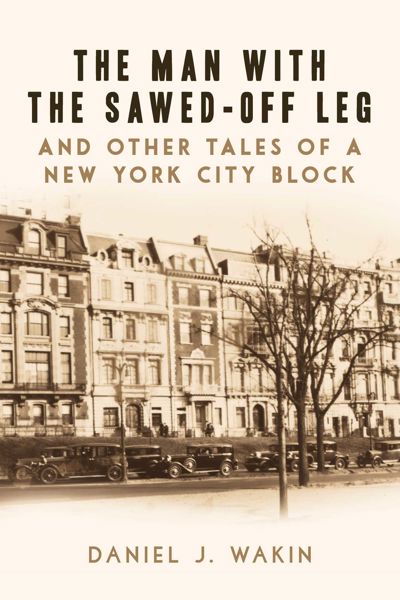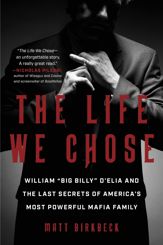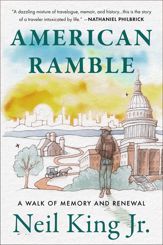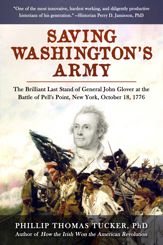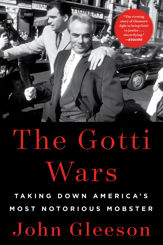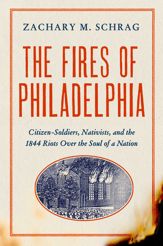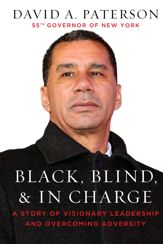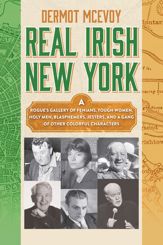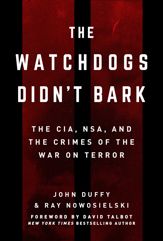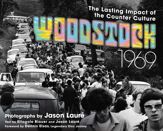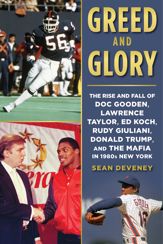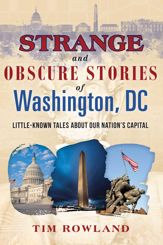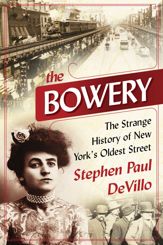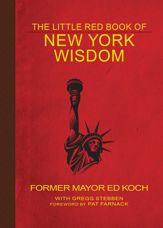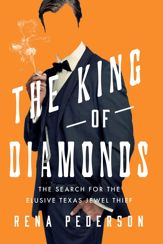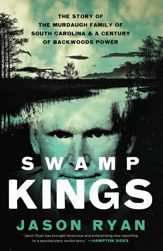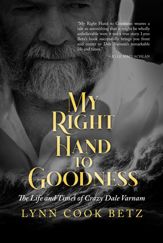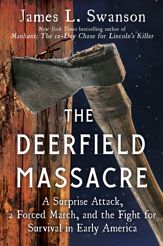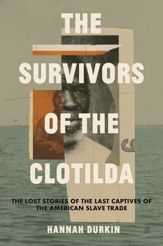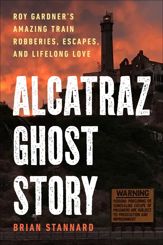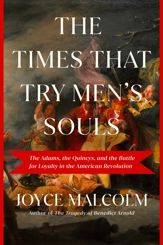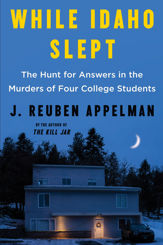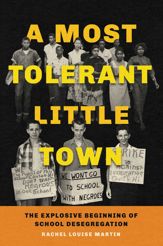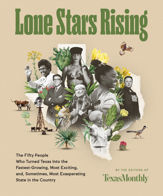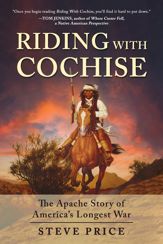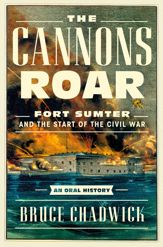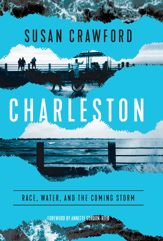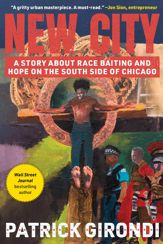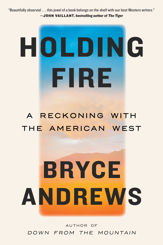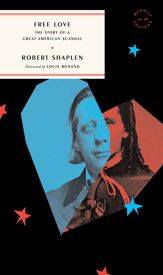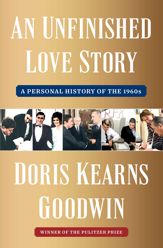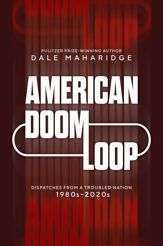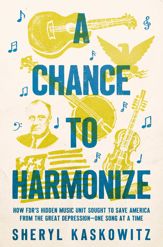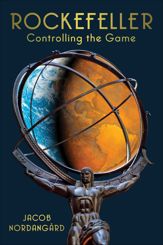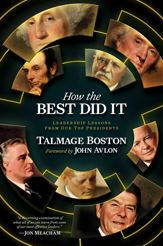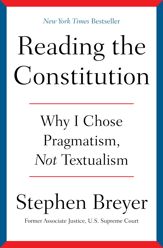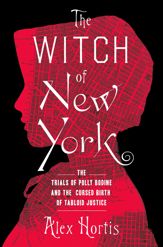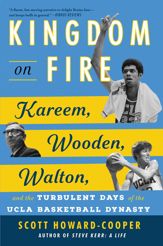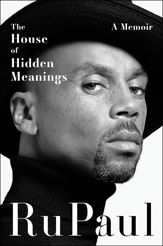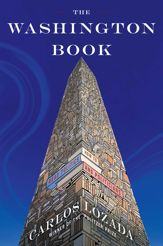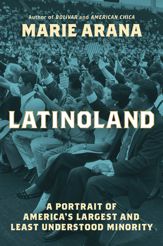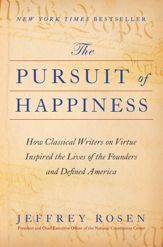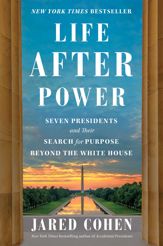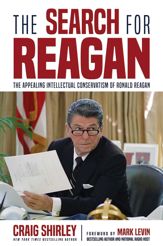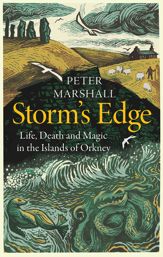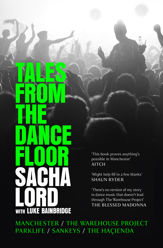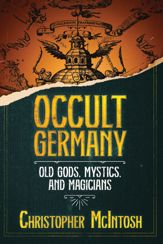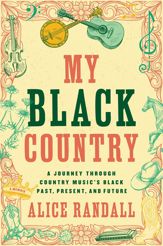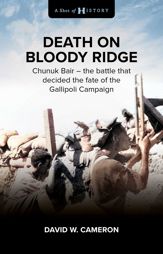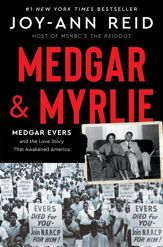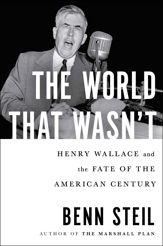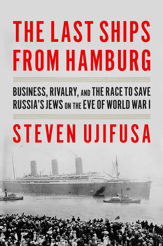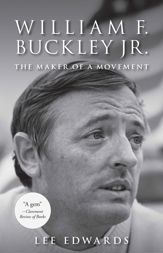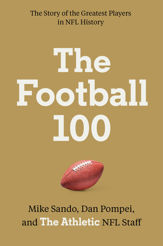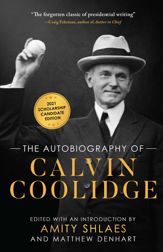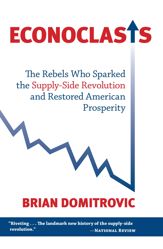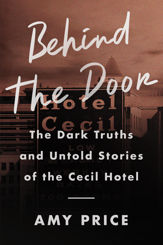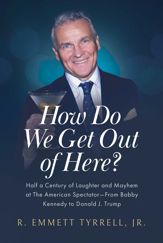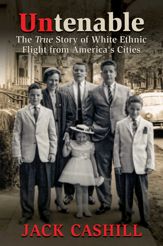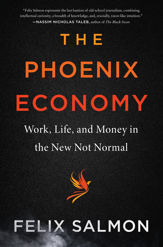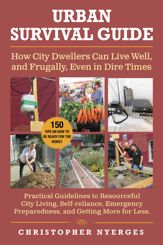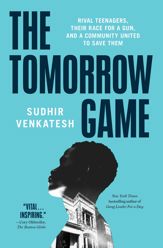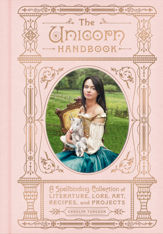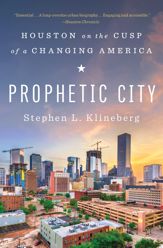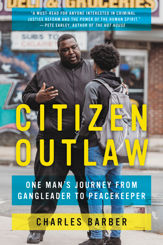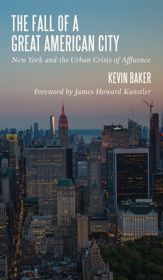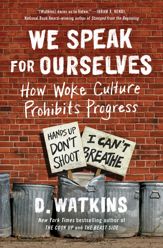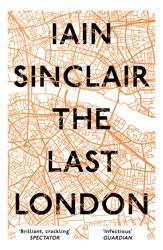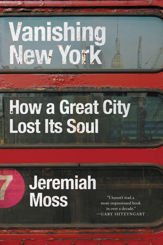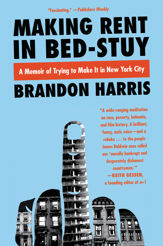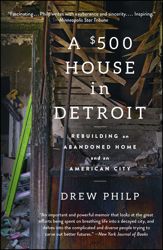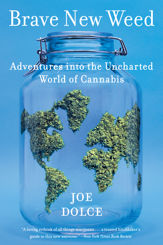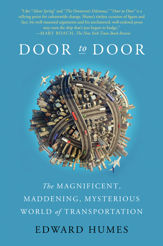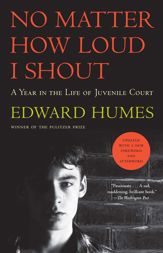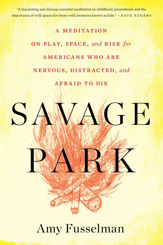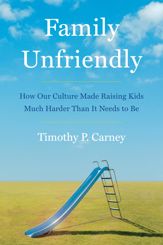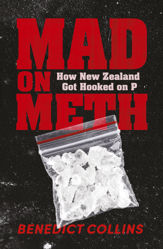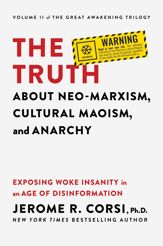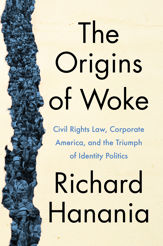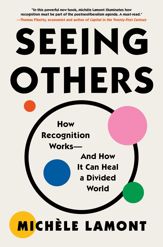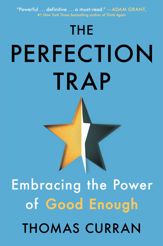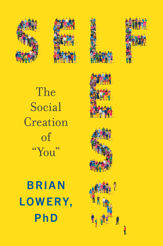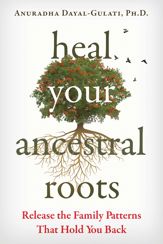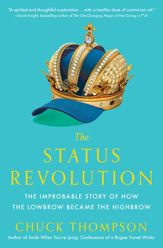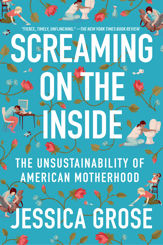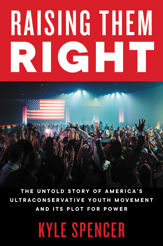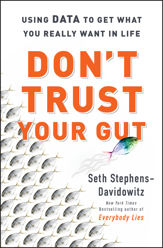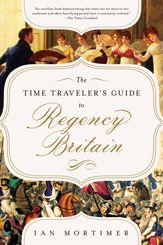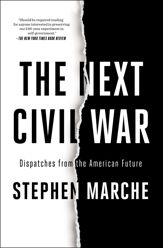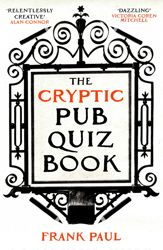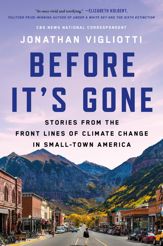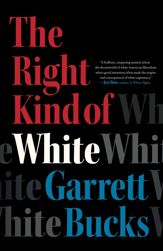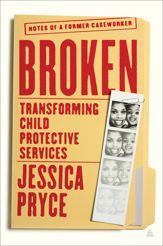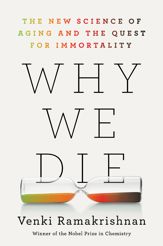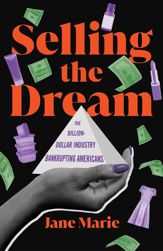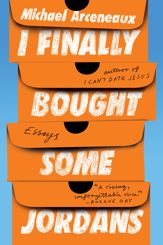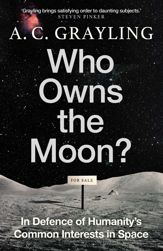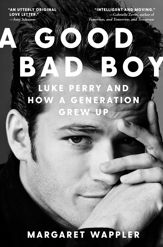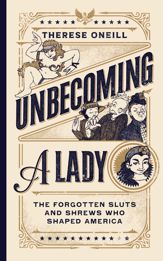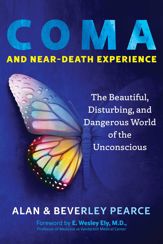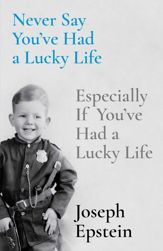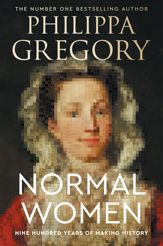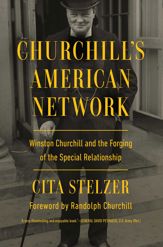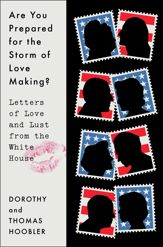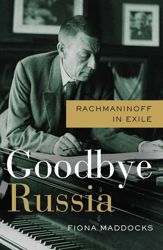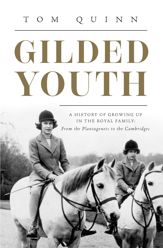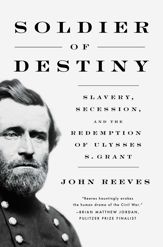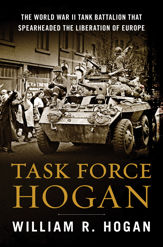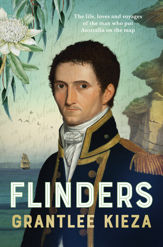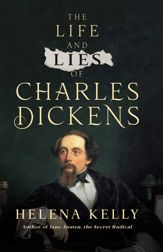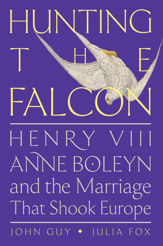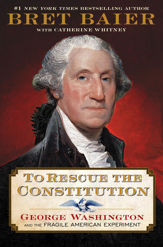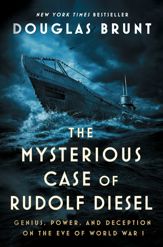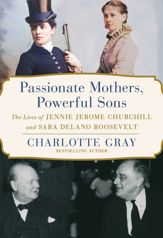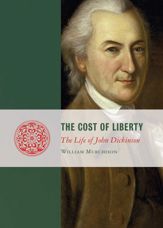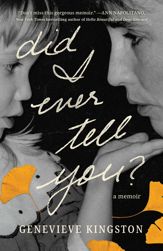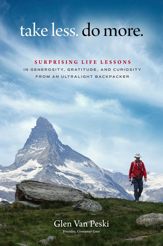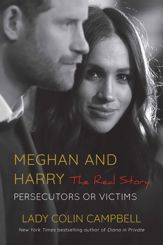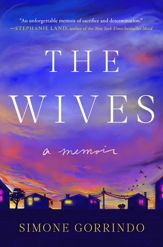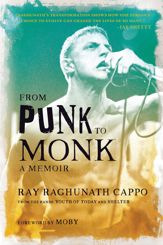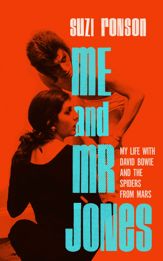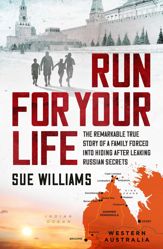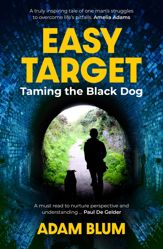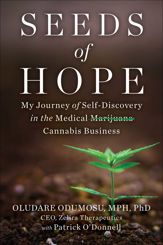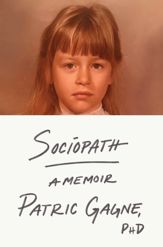"An urban anthropological biography of seven Upper West Side buildings [that] provides an inviting window on New York's variety and vibrancy." —The New York Times
"The history of New York is so vast that it lends itself to volumes of extreme length. This slim book is a welcome breezy complement to those encyclopedic accounts." —The New York Times Book Review
"Wakin's aim is to find the hidden lives in these stalwart buildings of New York's Upper West Side, but it is he who breathes life into them in this wonderful reverie of a book. All city streets should have such history; and all micro-histories — peopled with Runyan-esque gangsters, early biotech adventurers, and unscrupulous society folk—should have a chronicler the likes of Wakin to lend them the breadth, insight, and vitality that you will find on each and every page." —Jonathan Rabb, author of Among the Living, and many others.
"A riveting true crime story that also unlocks the doors of some of New York's most evocative characters of the last century. A great read for anyone interested in the secrets of the city." -- Michael Gross, editor, Avenue Magazine, and author of 740 Park: The Story of the World's Richest Apartment Building
"A wonderful writer and terrific reporter, Daniel Wakin brings alive the many tales of a single city block, taking us on journey back to a vanished New York." --Michael Shapiro, author ofThe Last Good Season and Bottom of the Ninth
"For fans of New York–iana, including historic preservation buffs as well as collectors of true crime, eccentrics, and odd moments."-- Kirkus Review
Description
They stand proudly gazing across the Hudson River at the cliffs of New Jersey. Their brows are marked by ornamental pediments. Greek columns stand as sentries by their entrances and stone medallions bedeck their chests. They are seven graceful relics of Beaux Arts New York, townhouses built more than 100 years ago for a new class of industrialists, actors and scientists -- many from abroad -- who made their fortunes in the United States and shaped the lives of Americans.
This book brings to life the ghosts who inhabit that row of townhouses on Manhattan’s stately Riverside Drive for the first fifty years of the 20th Century, including a vicious crew of hoodlums who carried out what at the time was the largest armored car robbery in American history. It was a daring, minutely planned exploit that ended in blood, when one of the gangsters accidentally shot himself. He was taken to one of the townhouses -- then, in 1934, an underworld safehouse -- where he died and was stuffed in a steamer trunk (but his cohorts had to saw off one of his legs to fit him in it). From gangsters to industrialists, from future mayors to murderers, from movie stars to mafia dons, one block in a burgeoning city saw it all. The people who lived in each of the "Seven Sisters" reads like a mini Who's Who. Meet:
* Percy Geary and John Oley, two Albany gangsters with a background in kidnapping and bootlegging;
* Lucretia Davis, baking powder heiress whose parents were engaged in a bitter divorce that included allegations that her mother was trying get her father declared insane and take over his business;
* Jokichi Takamine, the world's first biotech engineer and a rare Japanese scientist in the United States at the turn of the 19th century--He discovered diastase, an enzyme to ferment whisky and settle the stomach, and the adrenaline, a major scientific discovery;
* Marion Davies, the mistress of William Randolph Hearst, who rose to movie stardom on the back of W.R.'s publicity machine while living on the block;
* Julia Marlowe, American's greatest Shakespearean actress around 1900, just to name a few. If only the buildings could speak.
* The Fabers of pencil fame
* Billy Phelan's Greatest Game (Albany gang made famous by William Kennedy)
* Duke Ellington, two mayors, and lurking in the background Legs Diamond....
If only the walls could talk? Dan Wakins makes it so in this unforgettable intimate glimpse into the history of New York City.
Reviews
"An urban anthropological biography of seven Upper West Side buildings [that] provides an inviting window on New York's variety and vibrancy." —The New York Times
"The history of New York is so vast that it lends itself to volumes of extreme length. This slim book is a welcome breezy complement to those encyclopedic accounts." —The New York Times Book Review
"Wakin's aim is to find the hidden lives in these stalwart buildings of New York's Upper West Side, but it is he who breathes life into them in this wonderful reverie of a book. All city streets should have such history; and all micro-histories — peopled with Runyan-esque gangsters, early biotech adventurers, and unscrupulous society folk—should have a chronicler the likes of Wakin to lend them the breadth, insight, and vitality that you will find on each and every page." —Jonathan Rabb, author of Among the Living, and many others.
"A riveting true crime story that also unlocks the doors of some of New York's most evocative characters of the last century. A great read for anyone interested in the secrets of the city." -- Michael Gross, editor, Avenue Magazine, and author of 740 Park: The Story of the World's Richest Apartment Building
"A wonderful writer and terrific reporter, Daniel Wakin brings alive the many tales of a single city block, taking us on journey back to a vanished New York." --Michael Shapiro, author ofThe Last Good Season and Bottom of the Ninth
"For fans of New York–iana, including historic preservation buffs as well as collectors of true crime, eccentrics, and odd moments."-- Kirkus Review
